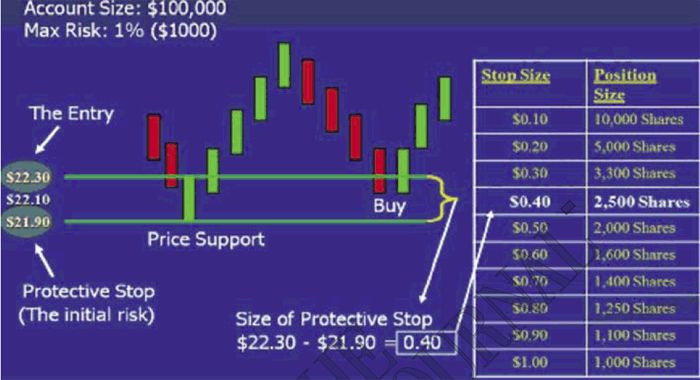Stock options calculator startup
Options and restricted stock in a startup are subject to vesting. This is done to associate the rewards of equity ownership with the time and effort put into creating value for the company. Most vesting schedules have the following parameters:.
The default values above show a founder-style vesting schedule.
What is the future value of my employee stock options? | Calculators by CalcXML
The total grant is for , shares. It was made on March 12, There is no acceleration in the case of change of control here. The cliff makes no difference here because the person has been with the company for more than a year. Certain special roles require different types of vesting schedules in order to align work with the value it creates.

In one case, I recruited an executive chairman whose vesting schedule was nearly entirely milestone-driven. Follow simeons or subscribe to my blog to get notified about new startup tools.
Best of Blogs: How to Value and Negotiate Startup Stock OptionsSTOCK OPTION COUNSEL
Have a comment or a question or a suggestion for a new startup tool? Tell me what you think.

You can edit this area from sidebar1. This could be a great idea to place custom message as per your requirement in all the pages. Vesting Calculator In a rush? Skip to the calculator.
What are stock options?Most vesting schedules have the following parameters: This is the expected period for full vesting. It is typically 4 years 48mos in the case of employees and 3 or 4 years in the case of founders. Some have argued that vesting periods should be extended to 5 years because it often takes longer to build a significant company these days but they are a minority.
Startup
Advisors and other non-standard roles can have 12 or 24 month vesting periods. Sometimes the negotiations over the vesting period of founders can get pretty contentious. I think this is a terrible idea. Like the cliff, which is described below, any discontinuities in the vesting schedule create an environment for incentives misalignment.
This is done to reward people involved in the founding of a company. The cliff is the hurdle one needs to cross before vesting begins. It is common for employees to have a 12month cliff. This is meant to protect a company in the case of a bad hire but many argue that it unfairly penalizes employees. What happens in the case of someone leaving or being terminated before the cliff is reached is up to the CEO and the board. The board of directors typically has to approve any changes to option grants and restricted stock agreements.
From a practical standpoint, however, for valuable contributors leaving on friendly terms some type of middle ground agreement is reached.
An often unintended consequence of cliffs is unhappy employees leaving on their first anniversary. Vesting schedules for most employees typically have no acceleration provisions.
Some execs with a lot of leverage during the recruiting process can negotiate termination acceleration. It is also common for some founders and execs to have what is known as double trigger acceleration on change of control. Sometimes this is measured on the total grant and sometimes it is measured on the amount of unvested shares.
The former is more common in my experience.